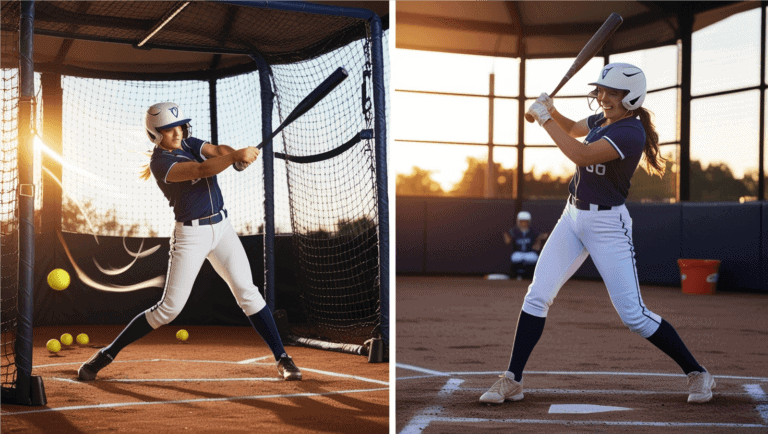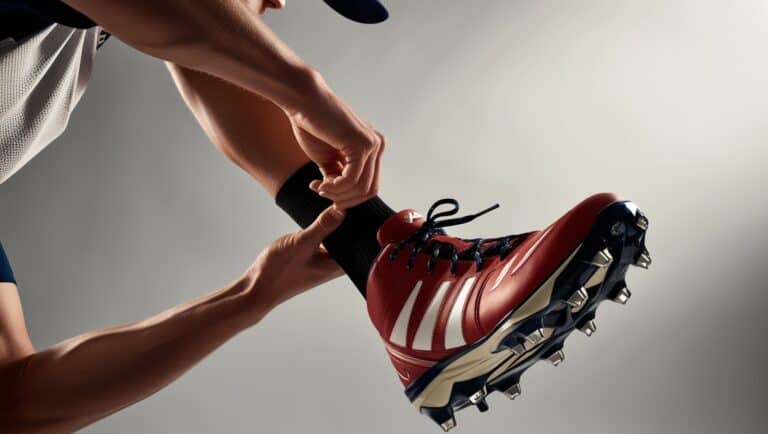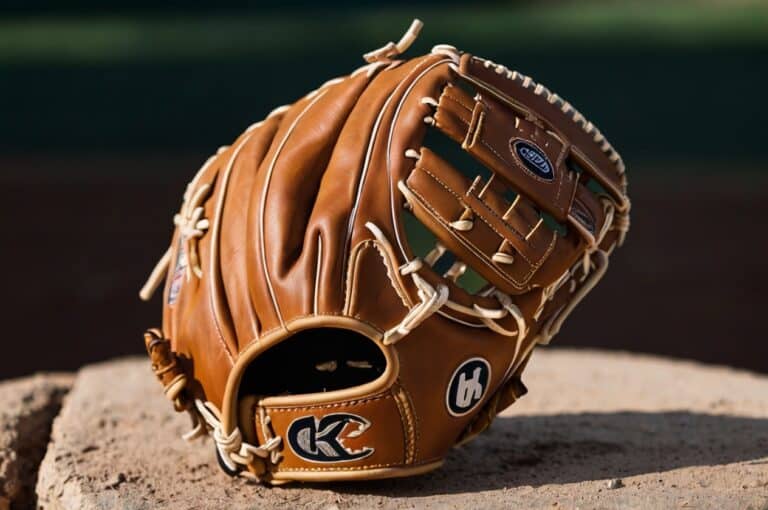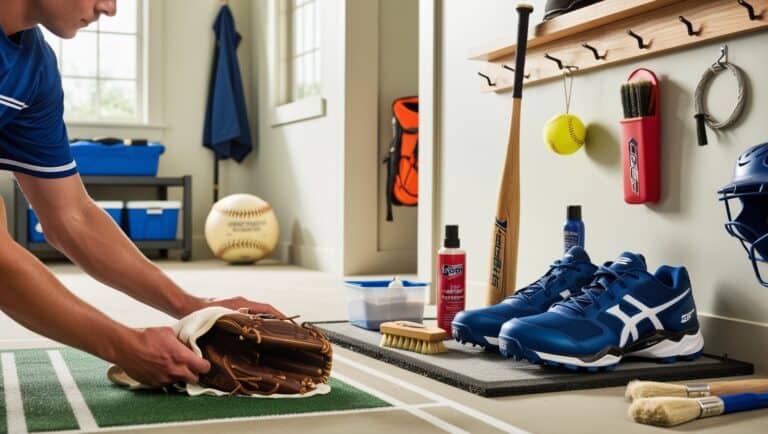Softball Bat Weight Effects: Maximize Your Power!
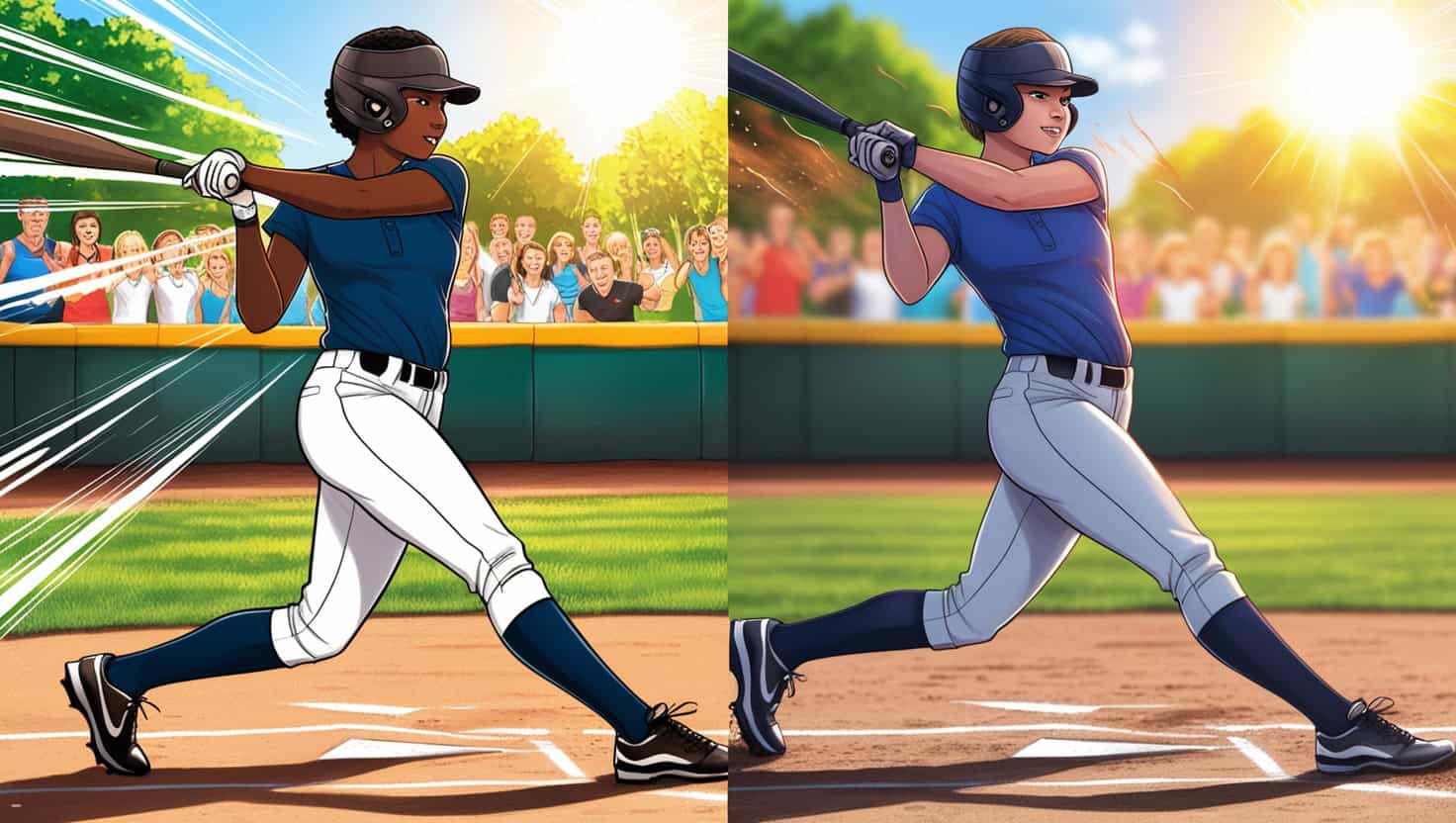
Ever wondered why some players seem to effortlessly send softballs soaring over the fence? The secret might just be in their bat! As a seasoned player, I’ve learned that understanding softball bat weight effects can be a game-changer. Did you know that a mere 1-ounce difference in bat weight can alter your swing speed significantly? That’s huge! Let’s dive into the world of softball bat weights and uncover how this seemingly small factor can have a massive impact on your game.
The Science Behind Softball Bat Weight Effects
Alright, let’s dive into the nitty-gritty of softball bat weight effects. Trust me, I’ve spent way too many hours geeking out over this stuff, but it’s actually pretty fascinating once you get into it.
First up, we’ve got this thing called “moment of inertia.” Sounds fancy, right? It’s basically a measure of how hard it is to get something rotating. When it comes to softball bats, the weight distribution plays a huge role in this. See, a bat with more weight at the end is gonna have a higher moment of inertia, which means it generates a more whip-like movement once in motion. But here’s the kicker – that extra weight at the end can also mean more power when you connect with the ball.
Now, let’s talk about swing speed and ball exit velocity. These are like the dynamic duo of hitting. Your bat’s weight directly impacts how fast you can swing it, which in turn affects how fast the ball flies off your bat. It’s like a domino effect! I remember when I first switched to a lighter bat – man, I felt like I could whip that thing around so fast! But there’s always a trade-off.
Speaking of trade-offs, that brings us to the whole weight vs. control debate. It’s like choosing between a sports car and a SUV. The lighter bat gives you more control and maneuverability, but you might sacrifice some power. On the flip side, a heavier bat can give you more oomph, but it might slow down your swing and make it harder to adjust mid-swing.
The softball bat weight effects are real, my friends! It’s all about finding that sweet spot that works for you. I’ve seen players struggle with bats that were too heavy or too light, and it can really mess with your game. But when you find that perfect weight, oh boy, it’s like magic!
Choosing the Right Bat Weight for Your Swing
So how do you pick the right bat weight? There’s definitely some factors to consider. First off, you gotta think about your own strength. I mean, duh, right? But seriously, I’ve seen so many players try to swing bats that are way too heavy for them just because they think it’ll make them hit harder. Spoiler alert: it doesn’t work that way!
Your height plays a role too. Generally, taller players can handle slightly heavier bats because they’ve got more leverage. But don’t get too hung up on that – I’ve known some shorter players who could swing a heavy bat like it was nothing.
And then there’s your hitting style. Are you a power hitter looking to crush the ball over the fence? Or more of a contact hitter trying to place the ball just right? Your approach at the plate should definitely influence your bat weight choice.
Here’s a tip I always give my players: start with a bat that feels comfortable, then try a few that are slightly heavier and lighter. Pay attention to how your swing feels with each one. You want a bat that feels like an extension of your arms, not something you’re struggling to control.
Now, let me break down some common weight ranges for ya. For slow-pitch softball you’re usually looking at bats between 25-30 ounces. I recommend for lighter weight or shorter players bats in the 25-26 ounce range to start. Players with average weight and height use bats in the 26-27 ounce range initially and for tall and muscular players they can use 27-28 ounces and up. But remember, these are just guidelines. I’ve seen plenty of exceptions.
The key is to find what works for you. Don’t get too caught up in what everyone else is using. The softball bat weight effects are different for everyone, so trust your instincts and go with what feels right.
Impact of Bat Weight on Different Types of Hitters
Let’s talk about how bat weight affects different types of hitters. I’ve coached my fair share of power hitters and contact hitters, and they often have very different preferences when it comes to bat weight.
Power hitters, those big sluggers looking to knock it out of the park, they tend to gravitate towards heavier bats. Why? Well, more weight can mean more power behind the hit. But here’s the thing – it’s not just about raw strength. A heavier bat can actually help with generating more power through the kinetic chain of your swing. It’s like, the extra weight helps you engage your whole body more.
On the flip side, contact hitters often prefer lighter bats. These are the players who are all about precision and placement rather than sheer power. A lighter bat allows for quicker swings and better bat control. I remember working with this one player who switched from a heavy bat to a lighter one, and suddenly her ability to place the ball exactly where she wanted skyrocketed.
But here’s where it gets interesting – bat weight doesn’t just affect your power or control. It has a huge impact on your bat speed too. And bat speed, my friends, is crucial for both power and contact hitters. A faster swing means less time for the pitcher’s ball to move on you when it is coming in, which can lead to better contact.
So, how do you adapt your swing to different bat weights? It’s all about practice and understanding the softball bat weight effects on your personal swing. If you’re using a heavier bat, you might need to start your swing a bit earlier and focus on using your whole body to generate power. With a lighter bat, you can wait a bit longer on the pitch and focus more on quick, precise movements.
I always tell my players to experiment with different weights during practice. You might be surprised at how a small change in weight can affect your entire approach at the plate. It’s like finding the perfect partner – when you get it right, everything just works!
Softball Bat Weight Effects on Player Performance
Alright, let’s get into how bat weight really impacts your performance on the field. I’m talking about the nitty-gritty stats that can make or break a season. First up, batting average. Now, you might think that a lighter bat would automatically lead to a higher batting average because you can swing it faster, right? Well, it’s not always that simple. I’ve seen players switch to a lighter bat and their average actually drop because they lost some of the power they were used to. On the flip side, some players see their average skyrocket with a lighter bat because they can make adjustments mid-swing more easily.
Then there’s slugging percentage. This is where the heavier bats often shine. The extra weight can translate to more power, which means more extra-base hits. But again, it’s not a one-size-fits-all situation. I once had a player who switched to a slightly heavier bat and saw his slugging percentage go through the roof. But another player made the same switch and struggled to even make contact.
One thing that often gets overlooked when talking about softball bat weight effects is player fatigue. Swinging a heavy bat over and over during a long game or doubleheader can really wear you down or even at practice getting all those extra reps in. I’ve seen players start strong with a heavy bat but by the late innings, their swing is slower and less powerful because they’re just tired.
The key is finding that sweet spot where you’re comfortable, powerful, and consistent throughout the game and season. It might take some trial and error, but it’s worth it. The right bat weight can make you feel like a superhero at the plate!
Training Techniques to Optimize Bat Weight Benefits
Okay, so you’ve found your ideal bat weight. Great! But the work doesn’t stop there. If you really wanna maximize those softball bat weight effects, you gotta put in the work off the field too.
Let’s talk strength and conditioning. Now, I’m not saying you need to become a bodybuilder or anything, but some targeted exercises can really help improve your bat speed. I’m a big fan of medicine ball rotational throws. They mimic the twisting motion of your swing and help build those core muscles that are crucial for generating power.
Another great exercise is using a weighted sleeve. Attach a weighted sleeve to your bat and swing it – it’ll build up those swinging muscles like nobody’s business. Just be careful not to develop bad habits with your swing mechanics while doing this.
Now, onto some drills to enhance bat control with different weights. A good drill is the “Choke Up Drill.” You choke up on the bat so your bottom hand is a little ways away from the knob essentially shortening the bat, then take swings focusing on quick, controlled movements. It’s great for developing bat speed and control, especially with heavier bats.
Lastly, let’s talk about transitioning between bat weights. This is something I see a lot of players struggle with. They’ll find a bat they like and stick with it, never experimenting with other weights. Big mistake! I always encourage my players to gradually try out different weights during practice.
Start by taking a few swings with a bat that’s an ounce or two heavier or lighter than your usual. Pay attention to how it feels. Does your timing feel off? Are you generating more or less power? Aren’t sure about the differences? Check out these new softball technologies you can buy which can give you true feedback on your bat speed and other swing aspects. Over time, you’ll develop a feel for different weights, which can be super helpful during games or as you progress in your softball career.
Remember, the goal isn’t to find one perfect bat weight and stick with it forever. It’s about understanding how different weights affect your swing so you can adapt and improve over time. The softball bat weight effects are complex, but with the right training and mindset, you can use them to your advantage and become a more versatile hitter.
Alright, my fellow softball friends, we’ve knocked it out of the park with this deep dive into softball bat weight effects! Remember, finding the perfect bat weight is like discovering your secret weapon on the field. It’s all about striking that sweet spot between power and control. So, next time you step up to the plate, think about how your bat’s weight is influencing your swing. Experiment with different weights, listen to your body, and watch your performance soar! Who knows? With the right bat weight, you might just become the next home run hero of your team. Now, go out there and swing for the fences!
Craving more softball wisdom? Unlock game-changing tips below!


